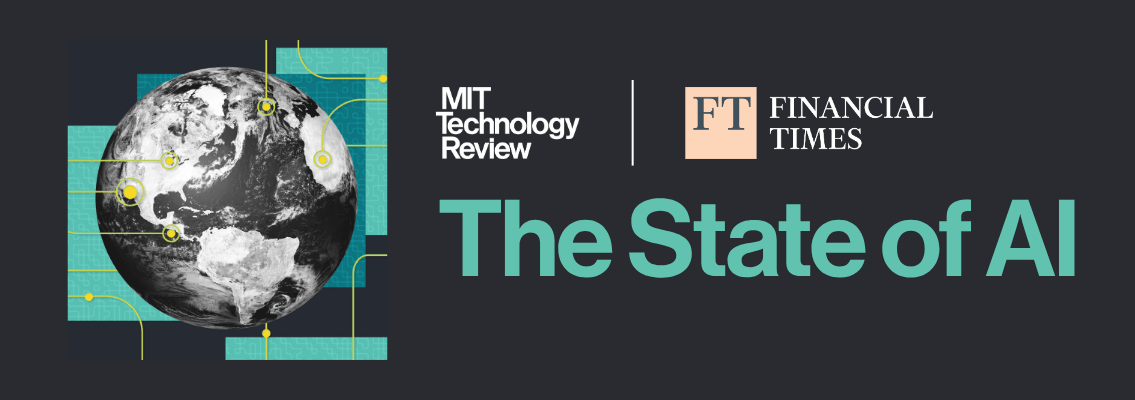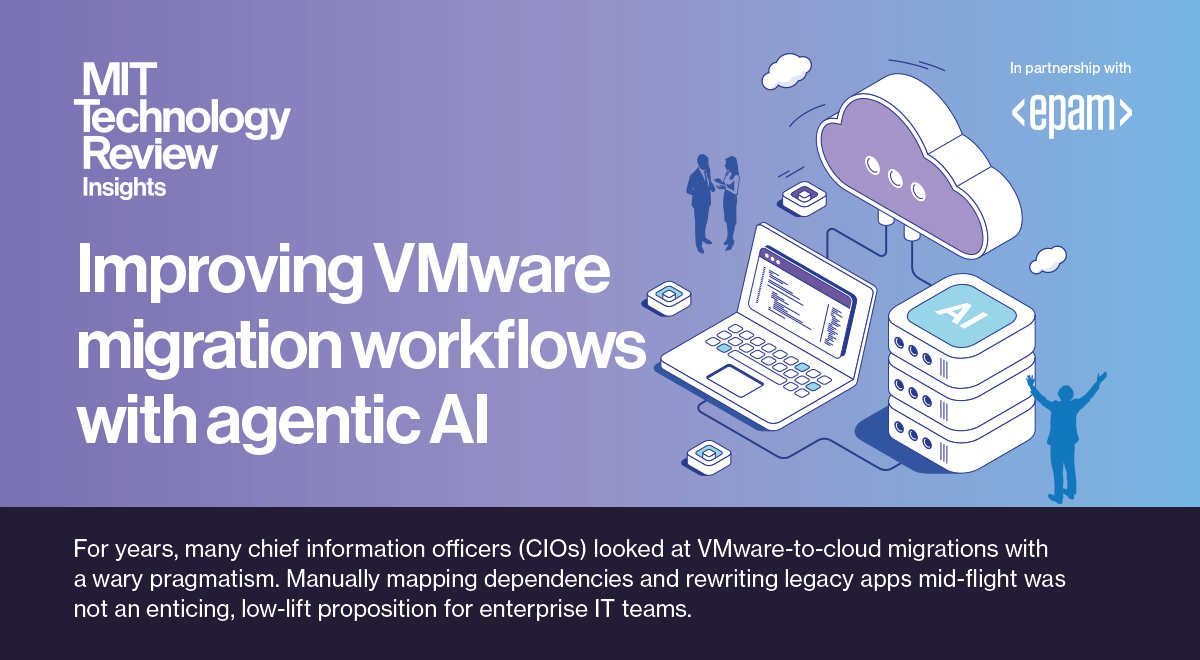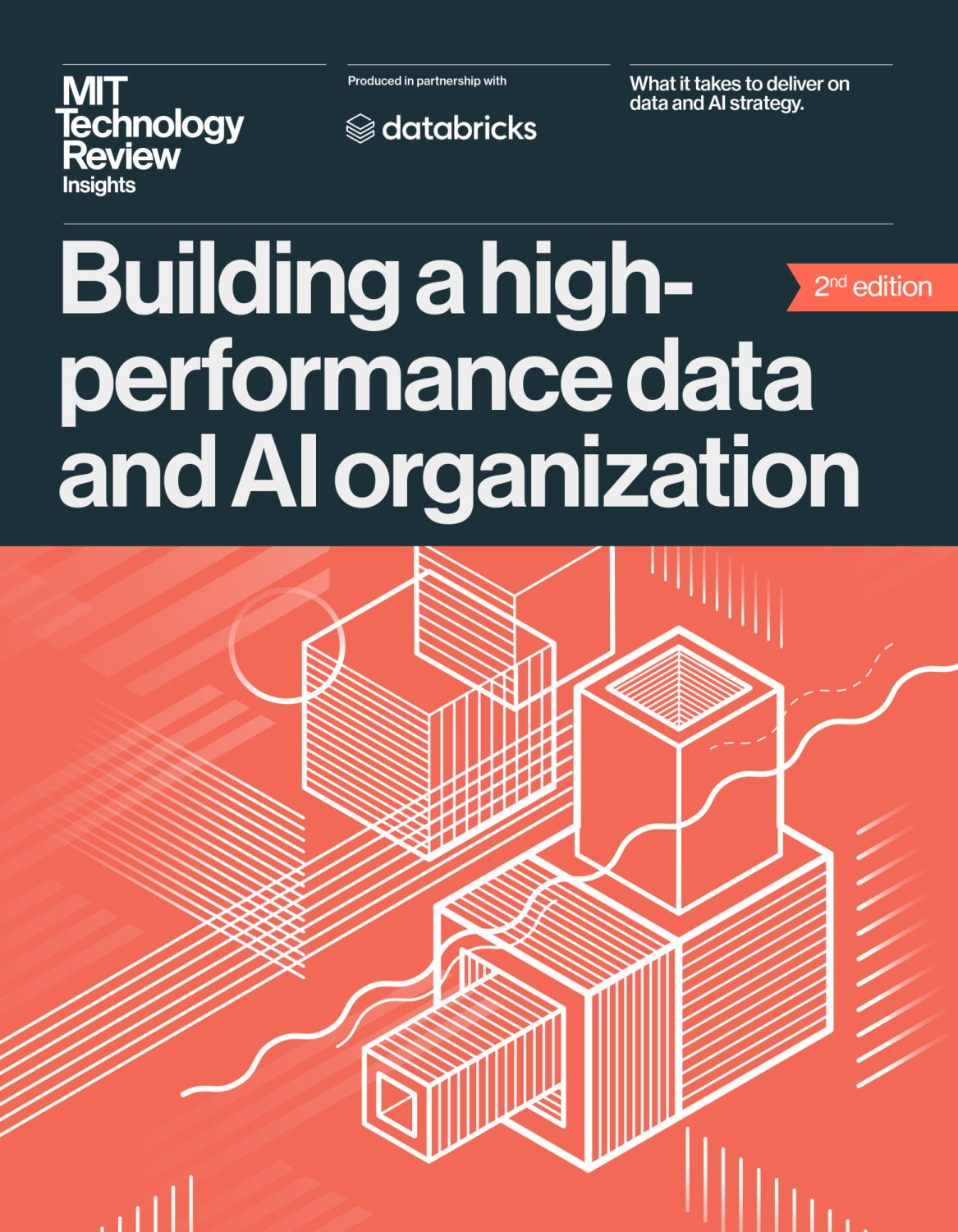
Networking for AI: Building the foundation for real-time intelligence
The Ryder Cup is an almost-century-old tournament pitting Europe against the United States in an elite showcase of golf skill and strategy. At the 2025 event, nearly a quarter of a million spectators gathered to watch three days of fierce competition on the fairways. From a technology and logistics perspective, pulling off an event of…
Read More
The State of AI: How war will be changed forever
Welcome back to The State of AI, a new collaboration between the Financial Times and MIT Technology Review. Every Monday, writers from both publications debate one aspect of the generative AI revolution reshaping global power. In this conversation, Helen Warrell, FT investigations reporter and former defense and security editor, and James O’Donnell, MIT Technology Review’s…
Read More
OpenAI’s new LLM exposes the secrets of how AI really works
ChatGPT maker OpenAI has built an experimental large language model that is far easier to understand than typical models. That’s a big deal, because today’s LLMs are black boxes: Nobody fully understands how they do what they do. Building a model that is more transparent sheds light on how LLMs work in general, helping researchers…
Read More
Google DeepMind is using Gemini to train agents inside Goat Simulator 3
Google DeepMind has built a new video-game-playing agent called SIMA 2 that can navigate and solve problems in a wide range of 3D virtual worlds. The company claims it’s a big step toward more general-purpose agents and better real-world robots. Google DeepMind first demoed SIMA (which stands for “scalable instructable multiworld agent”) last year. But…
Read More
Improving VMware migration workflows with agentic AI
For years, many chief information officers (CIOs) looked at VMware-to-cloud migrations with a wary pragmatism. Manually mapping dependencies and rewriting legacy apps mid-flight was not an enticing, low-lift proposition for enterprise IT teams. But the calculus for such decisions has changed dramatically in a short period of time. Following recent VMware licensing changes, organizations are…
Read More
Reimagining cybersecurity in the era of AI and quantum
AI and quantum technologies are dramatically reconfiguring how cybersecurity functions, redefining the speed and scale with which digital defenders and their adversaries can operate. The weaponization of AI tools for cyberattacks is already proving a worthy opponent to current defenses. From reconnaissance to ransomware, cybercriminals can automate attacks faster than ever before with AI. This…
Read More
Chatbots are surprisingly effective at debunking conspiracy theories
It’s become a truism that facts alone don’t change people’s minds. Perhaps nowhere is this more clear than when it comes to conspiracy theories: Many people believe that you can’t talk conspiracists out of their beliefs. But that’s not necessarily true. It turns out that many conspiracy believers do respond to evidence and arguments—information that…
Read More
How AGI became the most consequential conspiracy theory of our time
Are you feeling it? I hear it’s close: two years, five years—maybe next year! And I hear it’s going to change everything: it will cure disease, save the planet, and usher in an age of abundance. It will solve our biggest problems in ways we cannot yet imagine. It will redefine what it means to…
Read More
Building a high performance data and AI organization (2nd edition)
Four years is a lifetime when it comes to artificial intelligence. Since the first edition of this study was published in 2021, AI’s capabilities have been advancing at speed, and the advances have not slowed since generative AI’s breakthrough. For example, multimodality— the ability to process information not only as text but also as audio,…
Read More